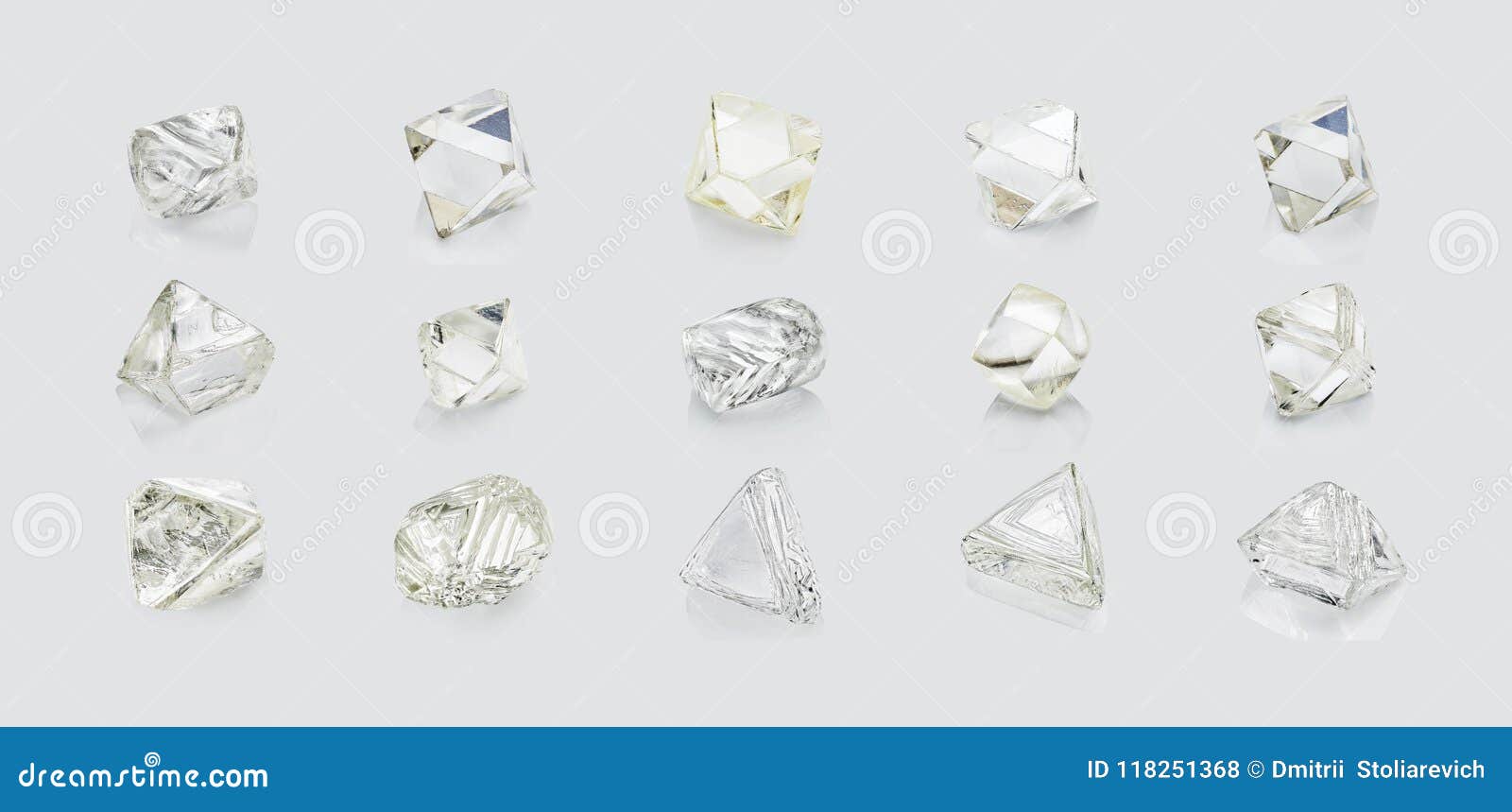
The ParallelogramĪ parallelogram has opposite sides parallel and equal in length. In other words they "bisect" (cut in half) each other at right angles.Ī rhombus is sometimes called a rhomb or a diamond. The RhombusĪ rhombus is a four-sided shape where all sides have equal length (marked "s").Īlso opposite sides are parallel and opposite angles are equal.Īnother interesting thing is that the diagonals (dashed lines) meet in the middle at a right angle. The SquareĪ square has equal sides (marked "s") and every angle is a right angle (90°)Ī square also fits the definition of a rectangle (all angles are 90°), and a rhombus (all sides are equal length). The little squares in each corner mean "right angle"Ī rectangle is a four-sided shape where every angle is a right angle (90°).Īlso opposite sides are parallel and of equal length. Let us look at each type in turn: The Rectangle Some types are also included in the definition of other types! For example a square, rhombus and rectangle are also parallelograms. There are special types of quadrilateral: They should add to 360° Types of Quadrilaterals Try drawing a quadrilateral, and measure the angles. interior angles that add to 360 degrees:.At 64Facets, we often have a preference for the Cushion, Oval, and Round shapes, but we have also cut diamonds into letter shapes, hearts, and even a horse shape.(Also see this on Interactive Quadrilaterals) Properties With the right skill, a diamond can be cut into almost any shape imaginable. However, whilst these are the most common and popular diamond shapes today, there are no specific standards for shape. Due to the distinct nature of these long shapes, they are highly flattering for wedding bands as the elongate the appearance of the hands and fingers. Additionally, there are a variety of rectangular shapes including the Princess, Asscher, Emerald and Radiant forms. Other popular cuts that have longer shapes are the Marquise shape, which has a unique eye shape, and the self-explanatory Oval shape. Not only does it have a distinctly romantic feel, its symmetry and dimensions enable it to be charmingly complemented with pave accents. The Cushion shape, in comparison, is squared, yet equally as beautiful of an engagement ring choice. Simple and classic, it’s no wonder that people are so fond of the round shape. Interestingly, the round shape is one of the most expensive shapes to produce due to the extra wastage of cutting the rough diamond. This is also to do with the popularity of the Brilliant Cut which must be definitively circular. In fact, approximately 75% of diamonds sold today are round. The most popular and well-known shape for a diamond is the Round shape where the diamond’s crown is perfectly circular.

Lastly, on the bottom row, from left to right, are the Marquis, Triangle, and Heart shapes.

On the middle row are the Cushion and Emerald shapes. On the top row from left to right are the Princess, Round, Pear, and Baguette shapes. We invite you to learn about the anatomy of a diamond.Ī variety of popular diamond shapes. However, the shape of a diamond can be key to how the jewelry appears on the hand and adds an important touch of each individual’s personality to stone.

In contrast, diamond shape has no relationship to its depth. This also means that the depth of the cut is significant. The cut - the specific layout of all of a diamond’s facets - is determined by how the light goes through and reflects within a diamond. The fundamental difference between the shape and the cut of a diamond stems from the fact that whilst shape refers primarily to the general form of the crown (upper body) of the diamond, the cut is about how the diamond interacts with light. What’s the difference between the shape and the cut of a diamond? Although different shapes will affect the setting arrangements of your ring, as well as the overall look of the ring on your hand, choosing a shape is fundamentally about finding and reflecting your own unique style. Whilst not one of the 4Cs, deciding upon the shape of your diamond can be daunting, considering all the available possibilities and how uniquely beautiful each shape is. The shape of a diamond is an essential part of creating a diamond that is special and personable to you.


 0 kommentar(er)
0 kommentar(er)
